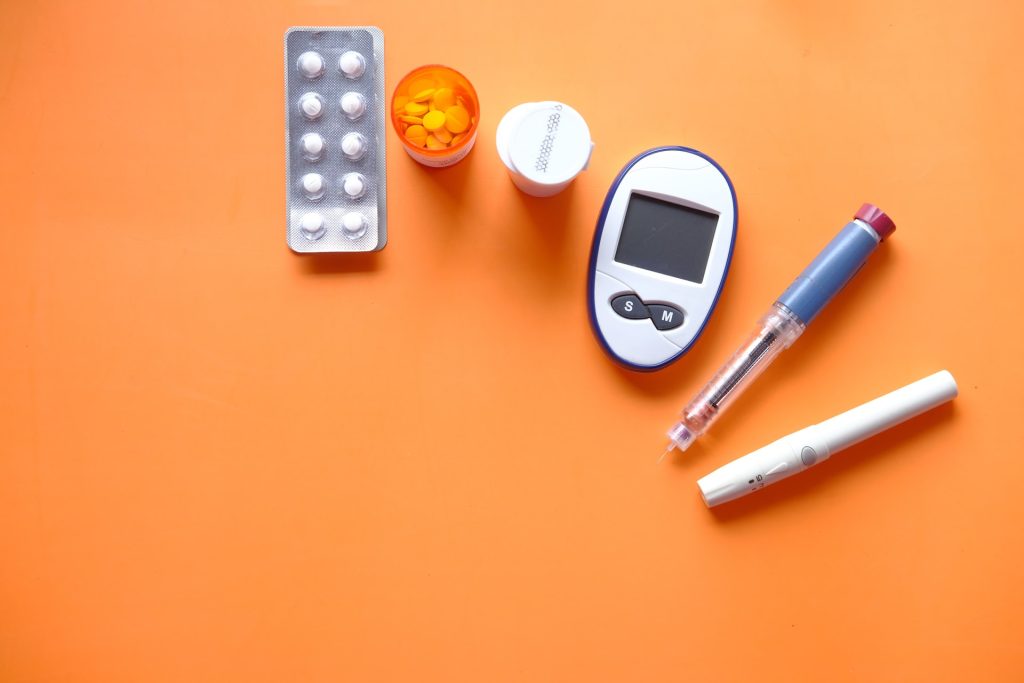
Published in The Journal of Pediatrics, a study reviewing medical records has found that new diagnoses of type 2 diabetes in children has surged 77% since the pandemic, accelerating a trend that is already a great concern for parents and healthcare professionals.
The new analysis documented the rise in cases with measures of increased body mass index (BMI) and higher blood glucose and haemoglobin A1c test results.
During the first year of the pandemic, medical records showed that more boys (55%) were diagnosed with type 2 diabetes than girls (45%), a reversal of the percentages during the pre-pandemic years.
In addition, during the pre-pandemic years, more patients were diagnosed while outpatients (57%) than during the pandemic year, when more were diagnosed and treated as inpatients (57%), suggesting greater severity.
Overall, the researchers found that 21% of the young people diagnosed presented with “metabolic decompensation,” of which the most serious symptoms include vomiting, lethargy, confusion and rapid breathing. Pre-pandemic, such symptoms occurred in only 9% of children with new-onset type 2 diabetes. Because the study involved a retrospective review of medical records, the investigators say there is a potential for inconsistencies in reporting or missing information.
“It used to be rare to hear about a child with type 2 diabetes, but its prevalence in adolescents has almost doubled in the past 20 years,” said Dr Kesley. “Type 2 diabetes is associated with rapidly progressive disease and early onset of complications and, unfortunately, was on the rise even prior to the COVID pandemic.”
Data suggests diagnoses of type 2 diabetes in children are increasing by 4 to 5% per year. The COVID pandemic introduced multiple challenges and increased attention to children with pre-existing disorders such as diabetes.
“In the spring of 2020 we were inundated with new youth-onset type 2 diabetes cases,” said Dr Kelsey. “We were used to seeing 50-60 new cases per year and that increased to more than 100 new cases in a year. Colleagues at other institutions were seeing the same thing, so we gathered a team of researchers to evaluate the frequency and severity of new cases during the first year of the pandemic compared to the mean of the prior two years. It was challenging because there is not a funded national registry for youth-onset type 2 diabetes, so this work was done with an enormous and voluntary effort of investigators across the country who are dedicated to treating diabetes in youth.
“To our knowledge, this is the first multicentre study to report the impact of the COVID pandemic on rates of newly diagnosed youth onset type 2 diabetes,” Dr Kesley said. “We found that the pandemic was associated with an increase in new type 2 diabetes cases compared to the two prior years, as well as an increase in proportion of youth presenting in metabolic decompensation.”
Contributing factors could be stem from the immense behavioural and environmental changes since the onset of the pandemic. Worldwide, children were enrolled in school virtually, extracurricular activities were limited and daily routines were adjusted to decrease the potential exposure to COVID. Consequences of this included increased screen time, unhealthy eating habits, decreased physical activity and poor sleep habits, which all have associations with increased BMI.
Whether COVID infection was the direct cause for the increase, or just associated with environmental changes and stressors during the pandemic is unclear. “Further studies are needed to determine whether this rise is limited to the United States and whether it will persist over time,” said Dr Kesley. “There is still a lot of work to be done.”
Source: EurekAlert!

